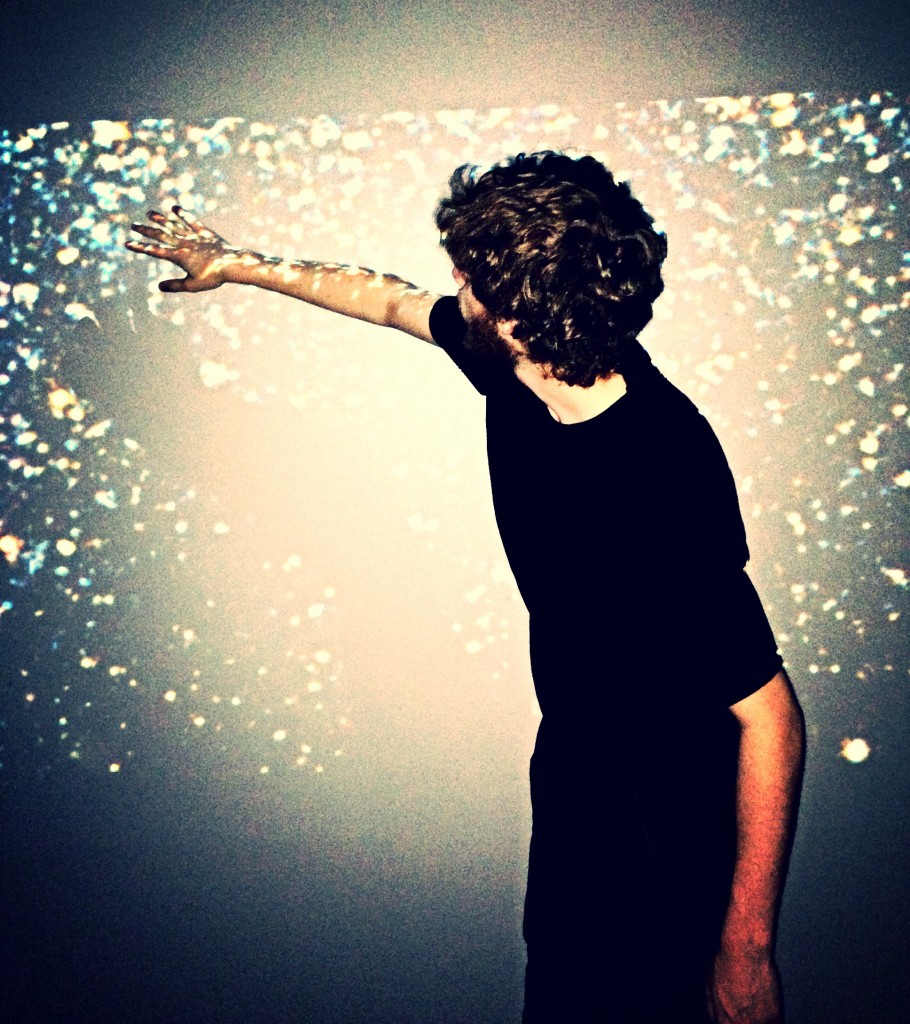 Students in a communications class at UNC Chapel Hill have been using the recently opened Social Computing Room (SCR) in the Odum Institute to create their own universe.
Students in a communications class at UNC Chapel Hill have been using the recently opened Social Computing Room (SCR) in the Odum Institute to create their own universe.
The SCR provides an immersive 360-degree view of any visual content, allowing users to interact with and explore data in groups. The original SCR, built in 2007, is located in the RENCI space in ITS Manning on the UNC campus. Similar versions based off the original have recently opened at NC State University and in Odum’s offices in Davis Library. RENCI assisted in the technical design and implementation of the room, helping to install all the hardware, baseline operating system, and projectors and supported part of the cost of outfitting the room.
Since the Odum SCR is so new, this project was one of the first chances for students and faculty to test the room’s capabilities. The students in the project-based research class Communications 566, Media and Performance, were divided into teams and given nine days to execute some type of mixed live and digital performance using the SCR.
Each team came up with very different performance methods including dance, acting, music, and even puppetry.
One team was able to showcase their final product to an audience that included RENCI staff, some of whom helped design and implement the SCR space.
Juniors Trevor Phillips, Elliot Darrow, and Kevin Spellman, and senior Ben Elling used their knowledge of dramatic arts, music composition, technical software and information science to create a performance piece that acted out the creation of the universe. Three walls of the SCR served as an interactive stage that the performers could touch, play with, and eventually turn into a panorama of the stars and galaxies in space, all to an original soundtrack of orchestral music.
Spellman, a dramatic arts and information science double major, explained how the team came up with the idea for the project.
“The two main things that we had to consider with this project were the functionality and limitations of the space and the music,” Spellman said. “We were all just shooting off ideas about what would be really cool to do in a space like this that truly could only be done in a space like this. This vision of something as great as space—it literally turned out to be space—was something we wanted to do from the very beginning.”
Spellman said they also thought about the small size of the room, and how that would impact the audience experience.
“[The SCR] is very up close and the audience is right here. So there was this tactile experience that we thought of: What would happen if we created this virtual, tactile experience with the performers touching the wall and the media reacting with touch?”
Spellman did much of the programming for the digital portion of the piece, while Philips provided the self-composed music and Darrow and Elling acted as the performers.
Joseph Megel, a visiting artist with the UNC Chapel Hill department of communication studies and one of the professors teaching the course, said he plans to utilize the SCR space with classes in the future.
Please email scr-help@renci.org if you are interested in reserving the RENCI Social Computing Room.


